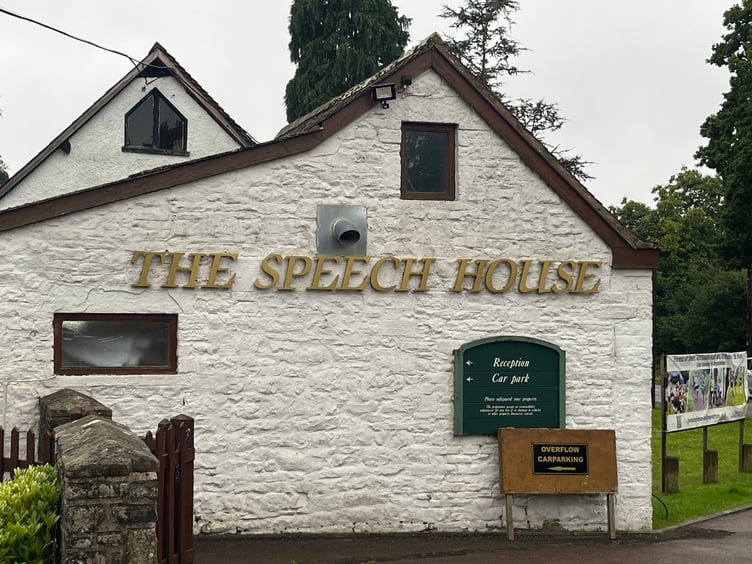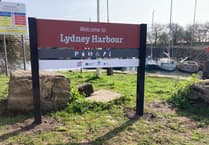I’m looking at a 1787 map of the Forest. The map is very impressive with its depiction of towns, villages and woodland, accurate display of rivers and woodland,and it is interesting to see what was not there as well as what was not there then. There was no Parkend and no Cinderford, which are settlements that grew up during the industrial revolution, and they would certainly appear in a map of say 1840.
The Forest is a mass of green from Lydney to Ruardean and Littledean to Coleford. There is a road system which is recognisable today, and the only concession to human occupation of the Forest is a reference to Speech House which was and still is a place name as well as a hotel in the central Forest.
Breeme (Bream) is another village on the rim of the mysterious forest, and Speech House stands alone as the only place name displayed in this central mysterious area.
The big four towns appear to be Coleford, Mitcheldean, Newnham and Littledean, all in capital letters. Lydney (spelt lidney) is there, but not big enough to warrant capital letters in its printed name. It seems to share its riverside area with Newerne, now a sort of suburb of Lydney.
Cinderford is not in the map, but it will be somewhere between the named settlements of Stockwell Green, Abenhall and Littledean. It was awaiting the great industrial developments at the end of the 18th century and the early years of the 19th century, when it would certainly merit a reference on a contemporary map. Parkend was similarly overlooked, with early industrial works but a sparse population. The cluster of present day villages from Whitecroft to Yorkley via Pillowell are also unacknowledged.
The south west of the Forest area are also unacknowledged. There is no Tutshill or Sedbury, Woodcroft or Brockweir. The omission of Brockweir is particularly strange as it was a busy river port for goods traffic to and from Bristol, and there would have been an army of ship workers around the village.
But apart from these few points, the map is a great piece of cartography, and is of great interest to cartographers and Forest historians.




Comments
This article has no comments yet. Be the first to leave a comment.